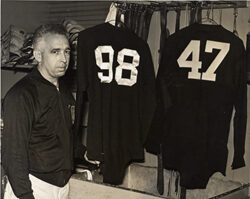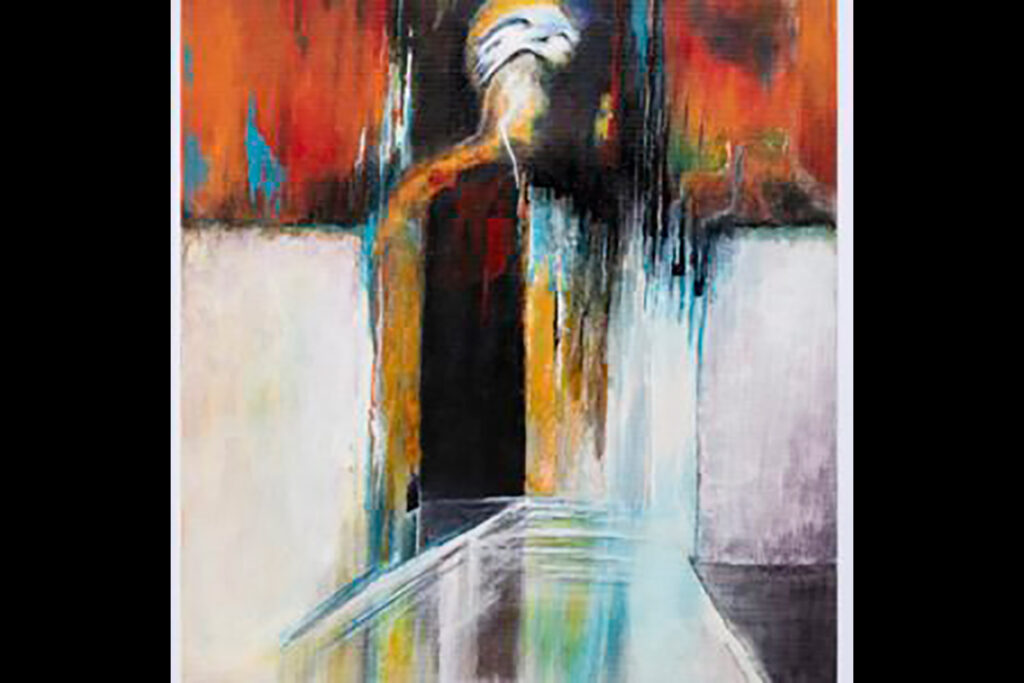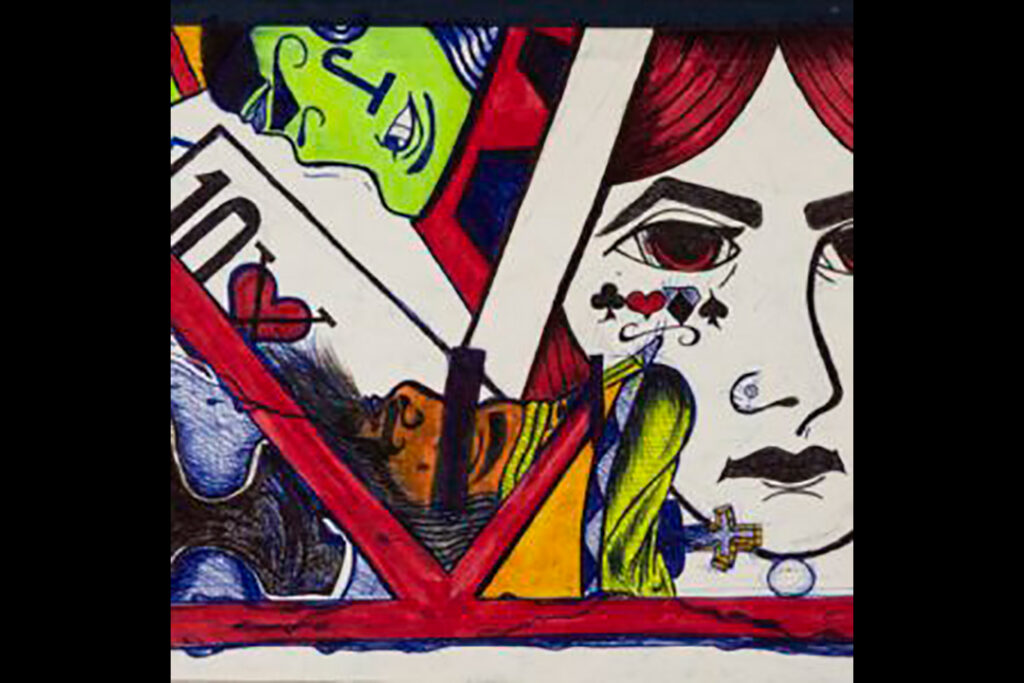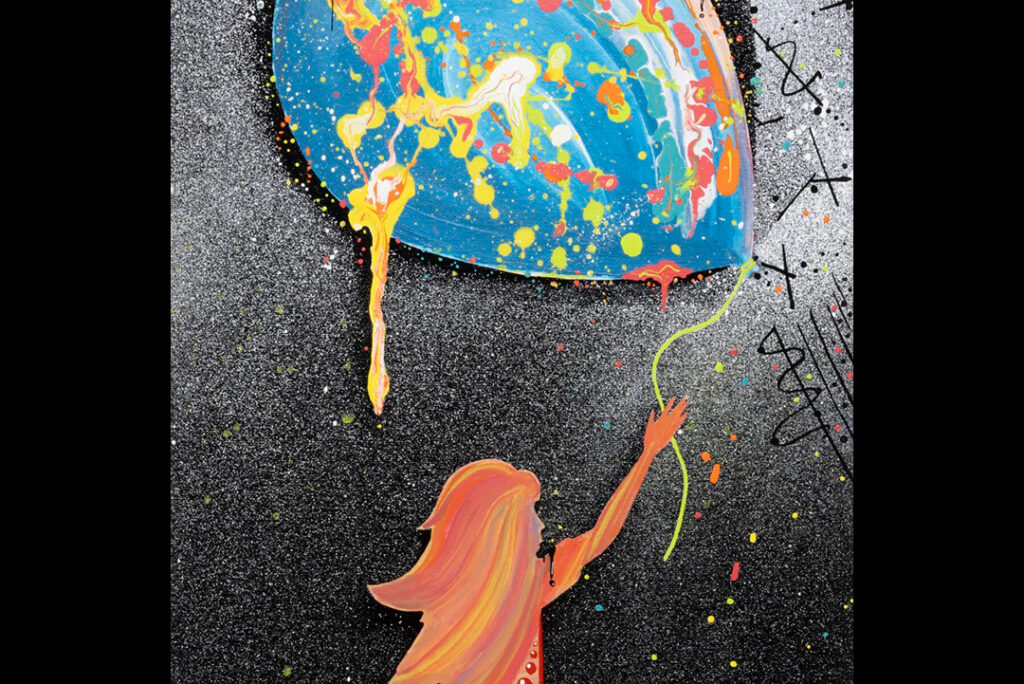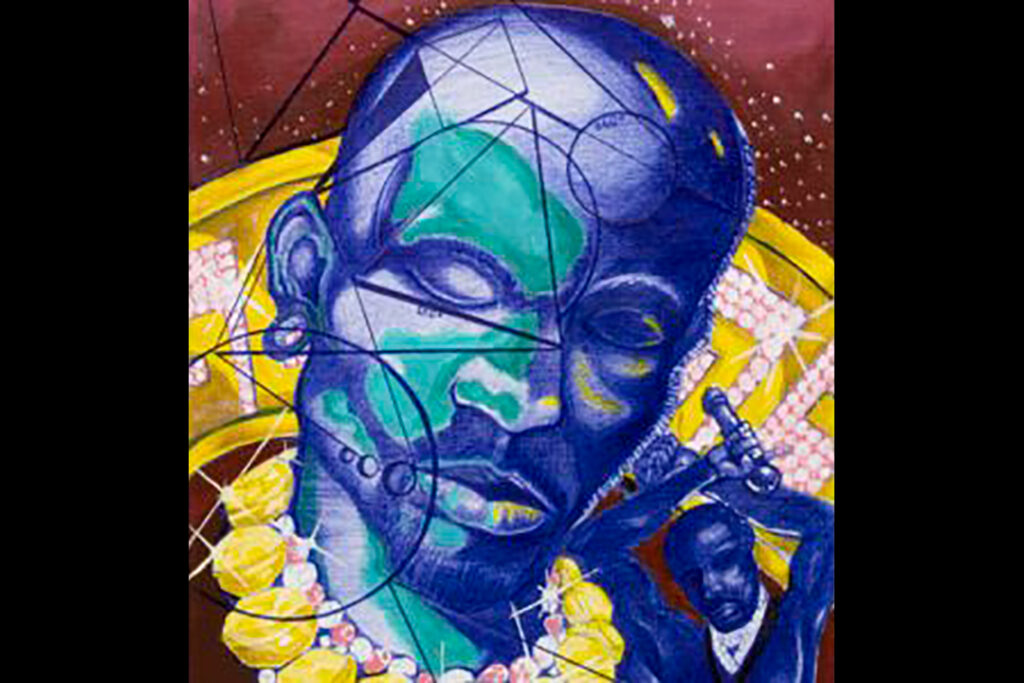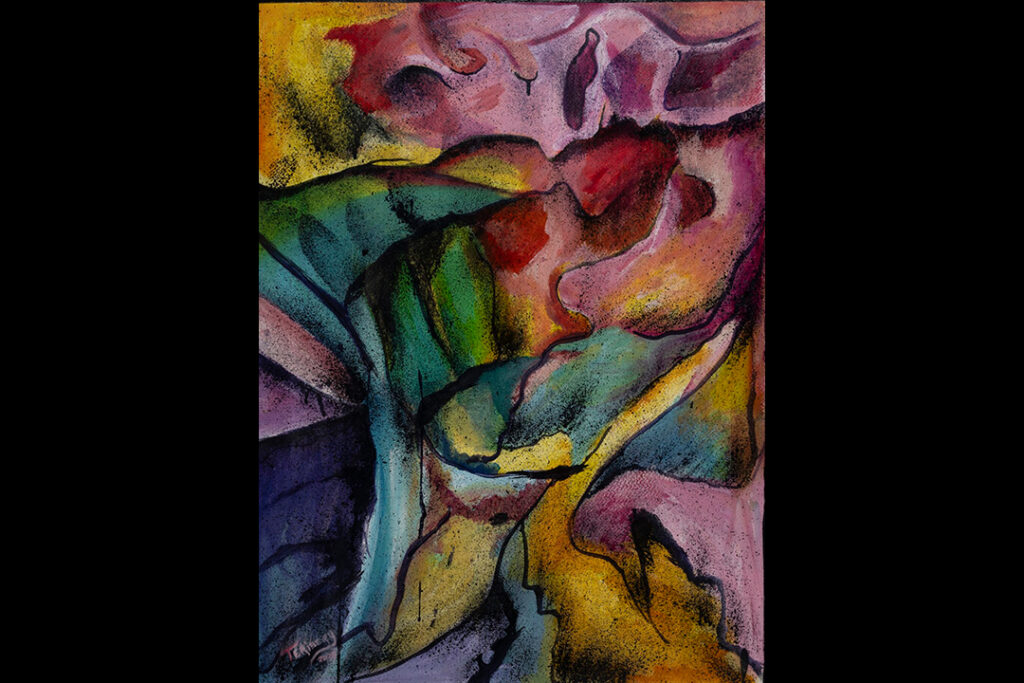The order that launched the Revolutionary War, 250 years later
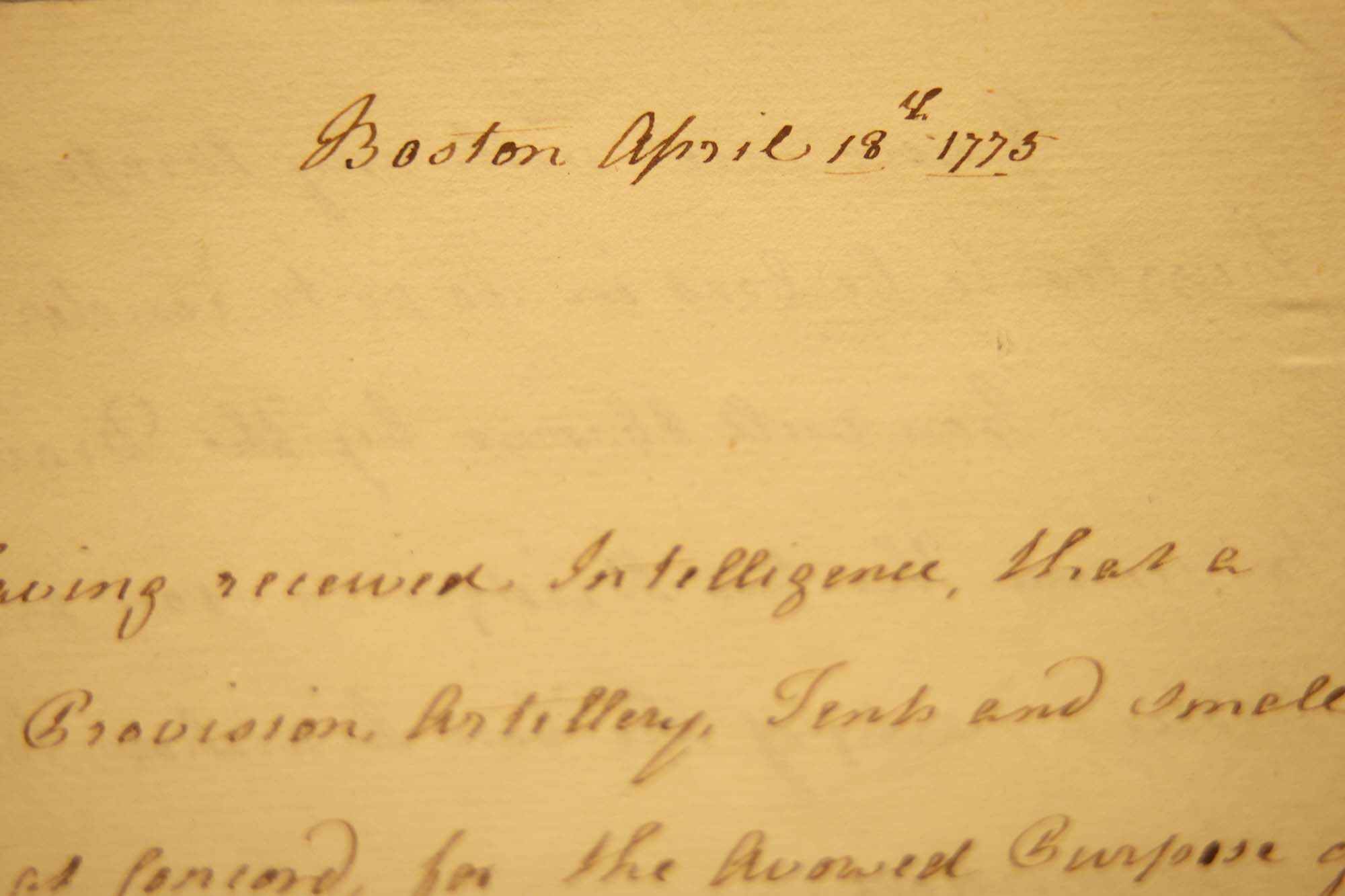
The ‘shot heard ’round the world’ can be traced to one manuscript containing the orders for the Concord Expedition on April 18, 1775. The quill-to-paper draft orders, penned by British Army officer Thomas Gage, sparked the Battle at Lexington and Concord the following day. U-M’s Clements Library holds the document.
-
Hailed! Retired jerseys at Michigan
The strange origins of Michigan’s least – organized tradition.
Plus: NCAA rules on football program. -
Hailed! Retired jerseys at Michigan
Tradition is the animating spirit of U-M sports. But when it comes to retiring the numbers of great athletes, the traditions become downright weird.
-
'Think fast, play fast, break people down'
A young, blazingly fast team and its third-year coach are ready to take on the Big Ten. Nope, it’s not who you think it is.
-
50 years of the Peace Corps
From John F. Kennedy to Barack Obama, presidents have challenged University of Michigan students to change the world.
-
Dirty hands, dirty mouths: U-M study finds a need to clean the body part that lies
Apparently your mom had it right when she threatened to wash your mouth out with soap if you talked dirty. Lying really does create a desire to clean the “dirty” body part.
-
Student-built satellite scheduled for launch
A 6.5-pound satellite is scheduled to become the first stand-alone spacecraft built by Michigan students to go into orbit and perform a science mission.
Columns
-
President's Message
Reaffirming our focus on student access and opportunity
U-M seeks to ensure every student will rise, achieve, and fulfill their dreams. -
Editor's Blog
Peace out
It's a mad, mad, mad, mad world out there. -
Climate Blue
Keeping our focus on climate
As federal support for climate science wanes, Ricky Rood remains hopeful. -
Health Yourself
Are you an ‘ager’ or a ‘youther’?
Why do some people appear younger or older than people born in the same year?
Listen & Subscribe
-

MGo Blue podcasts
Explore the Michigan Athletics series "In the Trenches," "On the Block," and "Conqu'ring Heroes." -

Michigan Ross Podcasts
Check out the series "Business and Society," "Business Beyond Usual," "Working for the Weekend," and "Down to Business." -
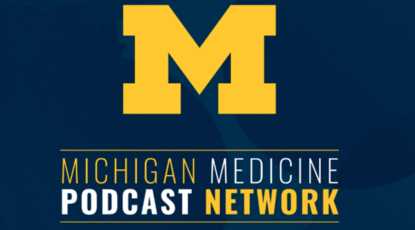
Michigan Medicine Podcasts
Hear audio series, news, and stories about the future of health care.
In the news
- USA Today US consumer sentiment and expectations fall again in April as tariff uncertainty continues
- CNN Beyond Ivy League, RFK Jr.'s NIH slashed science funding across states that backed Trump
- Detroit Free Press Inflation is slowing. Wages are up. So why does life feel costly for many Michiganders?
Creativity and connection across prison walls
One of the world’s largest and longest-running exhibitions of incarcerated artists is back with new programming designed to foster connection and deepen public understanding of incarceration in Michigan. The 29th annual Exhibition of Artists in Michigan Prisons, curated by U-M’s Prison Creative Arts Project, showcases 772 artworks by 538 artists incarcerated in 26 state prisons. The Duderstadt Center Gallery on U-M’s North Campus is presenting the artwork through April 1.

